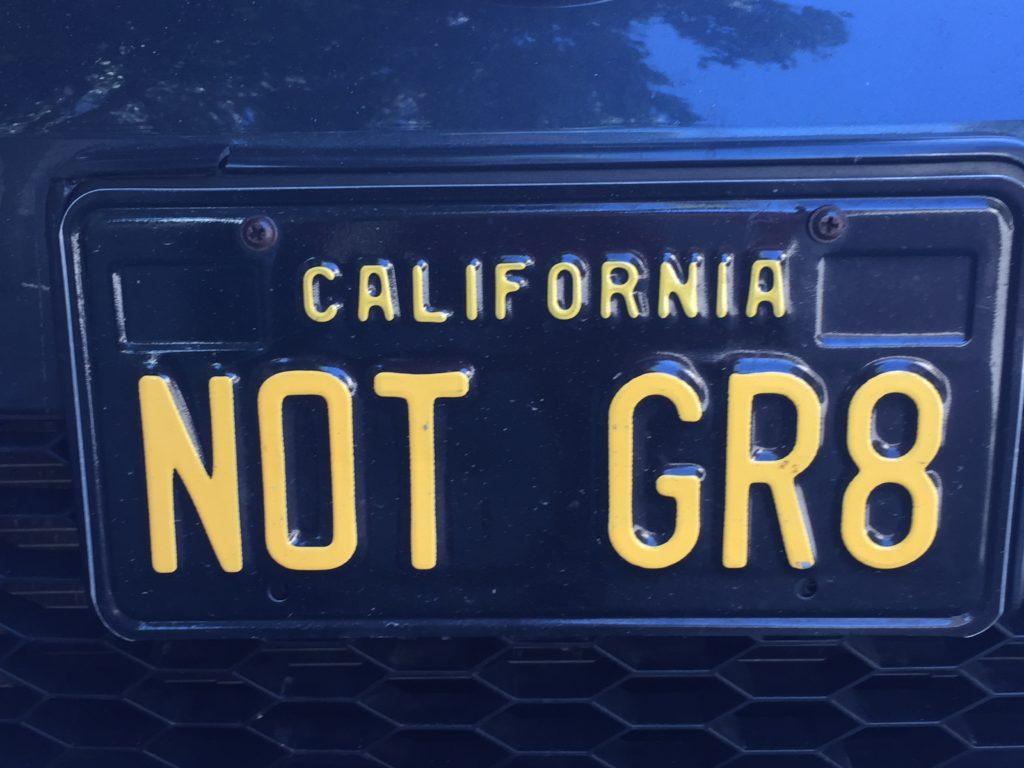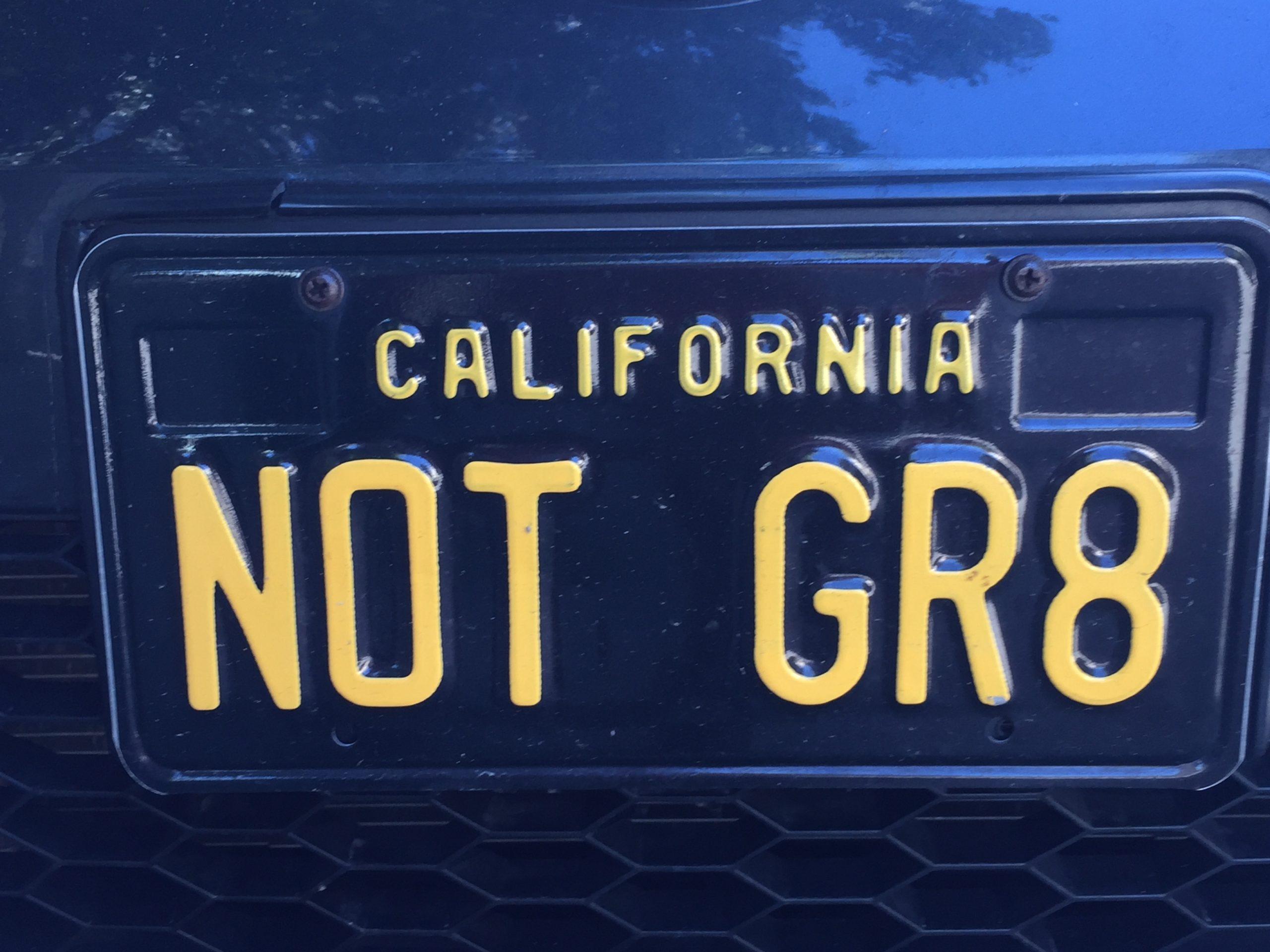
In my last article I talked about the importance of making a good first impression with potential donors.
It’s extremely important to have a strategy in place, just as if you were going on a first date. Those who plan ahead do well. Those who don’t? Not so much.
Both dating, and donor wooing, are a delicate dance.
But, let’s say you did a good job. Your donor prospect made a gift!
Now what?
If you like them (of course you do!), and want a second date (of course!), you’ve got to make a good second impression. And third, fourth and fifth impression. The value of a first-time donor (which often costs as much as $1.25 to generate $1.00) is not realized in that initial gift. Sustainable fundraising is all about donor lifetime value.
So, after the first gift, you definitely want a plan in place to thank and cultivate this donor throughout the year. Some communications will have an ask included, but most will be designed to build your donor’s interest, engagement and loyalty. Once the relationship is sufficiently built, it’s time to seek that second gift.
Let’s talk about the renewal appeal, and why so many of them are just gosh-darn awful.
Why Do Fundraisers Who Should Know Better Keep Committing These Sins?
Maybe it’s because of the “monkey see, monkey do” nature of human beings. We see someone else do something and assume it’s good practice. Especially when they’re a household name, just bigger than us, or someone we, another staff member or board representative hold in high regard.
Details



 For at least the past seven years I’ve been actively encouraging nonprofits of all stripes to prioritize beginning or ramping up their
For at least the past seven years I’ve been actively encouraging nonprofits of all stripes to prioritize beginning or ramping up their




 Giving is an emotional experience. It deserves an emotional response.
Giving is an emotional experience. It deserves an emotional response.



